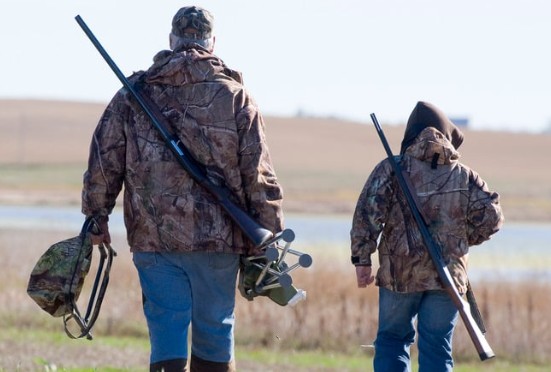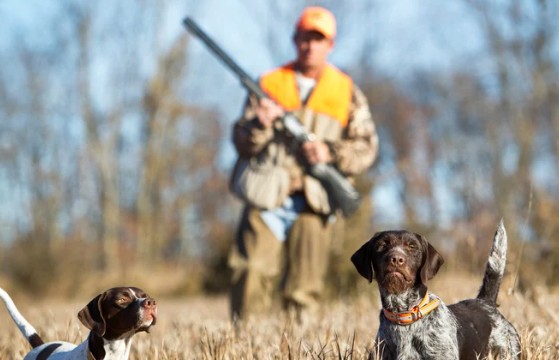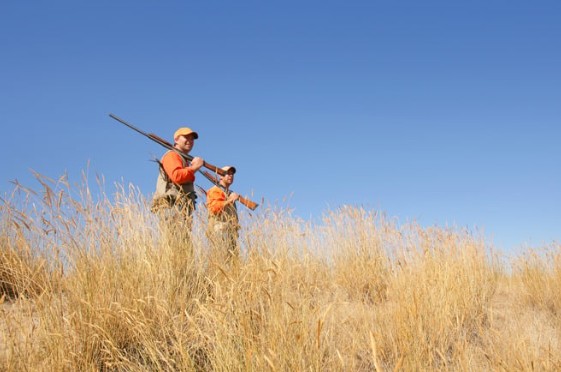Big game hunting is more than just a sport—it’s an experience that blends patience, skill, and respect for nature. Whether you’re an aspiring hunter or a seasoned outdoorsman, understanding the essentials of big game hunting can make your expeditions safer, more successful, and incredibly rewarding.
This guide will cover the key tips, strategies, and equipment you need to improve your big game hunting experience.
Know Your Quarry
The first step in successful big game hunting is knowing your target. Different species have unique behaviors, habitats, and movement patterns. For example, elk often roam in open meadows at dawn and dusk, while deer are more active near forest edges during the early morning.
Study your quarry thoroughly: learn their feeding habits, seasonal movements, and preferred cover. Knowledge of animal behavior not only increases your chances of success but also ensures ethical hunting practices.
Scout and Plan Ahead

Preparation is crucial in big game hunting. Spend time scouting the area weeks before your hunt. Look for signs such as tracks, droppings, rubs, and feeding areas. Trail cameras can be invaluable for monitoring game activity without disturbing the animals.
Mapping out potential hunting spots and understanding wind patterns and terrain features can give you a strategic advantage. Remember, patience and planning often make the difference between a successful hunt and an empty tag.
Choose the Right Gear
Selecting the right equipment is essential for both safety and effectiveness. A reliable rifle, bow, or crossbow suited to your quarry is a must. For archers, using quality arrows paired with precision broadheads is critical.
For instance, 125 grain broadheads are favored by many hunters for their sharpness, durability, and ability to deliver a clean, humane kill. Ensure your firearm or bow is properly sighted, and always practice with your gear to build confidence and accuracy.
Proper clothing is also important. Camouflage suitable for the terrain, weather-appropriate layers, and comfortable boots will help you stay concealed and mobile throughout the hunt.
Don’t forget accessories like a rangefinder, binoculars, and a sturdy hunting knife—they can make a significant difference in field efficiency.
Master the Art of Stealth
Big game animals are highly alert, and even the slightest noise or unusual scent can alert them to your presence. Move slowly and deliberately, using natural cover to stay concealed.
Pay attention to wind direction to prevent your scent from carrying toward the game. Remaining patient, observant, and quiet often leads to better opportunities than rushing through the forest or open plains.
Timing is Everything
Hunting at the right time increases your chances of encountering game. Early mornings and late afternoons are generally the most active periods for most big game species.
Seasonal patterns also play a role; many animals have specific breeding or migration seasons that can influence where they are found and how they behave. Research the best hunting times for your target species to optimize your efforts.
Safety First

Hunting can be dangerous if proper precautions are not taken. Always follow firearm safety rules, wear blaze orange when necessary, and make sure someone knows your hunting location and schedule. Carry a first aid kit, and be prepared for emergencies.
Staying alert and cautious ensures that your hunt remains a positive experience and that everyone returns home safely. Safety awareness is important in all aspects of life, even when dealing with unexpected situations like what to do after a tree falls on you.
Ethical Hunting Practices
Ethics play a crucial role in big game hunting. Resperly handling and processing meat ensurpect wildlife, obey local hunting regulations, and strive for humane kills.
Tracking and retrieving game efficiently minimizes suffering and shows respect for the animals you pursue. Properly handling and processing meat ensures that your efforts provide nourishment rather than waste—much like the care that goes into canning your own food, is it worth it.
Post-Hunt Preparation
After a successful hunt, the work doesn’t stop. Field dressing, transporting, and storing your game safely are all essential steps.
Familiarize yourself with proper butchering techniques or consider professional processing services. Additionally, keeping a journal of your hunts—locations, conditions, successes, and challenges—can help you refine your strategies for future seasons.
Final Thoughts
Big game hunting is an art that requires preparation, patience, and respect for the natural world. By understanding your quarry, scouting effectively, choosing the right gear, and honing your skills in stealth and timing, you can increase both your success and enjoyment.
Remember, ethical hunting practices and safety are just as important as landing a trophy.
Whether you’re pursuing deer, elk, moose, or other majestic creatures, the lessons you learn in the field will stay with you for a lifetime. Equip yourself properly, stay observant, and embrace the challenge—the ultimate big game hunting experience awaits.










